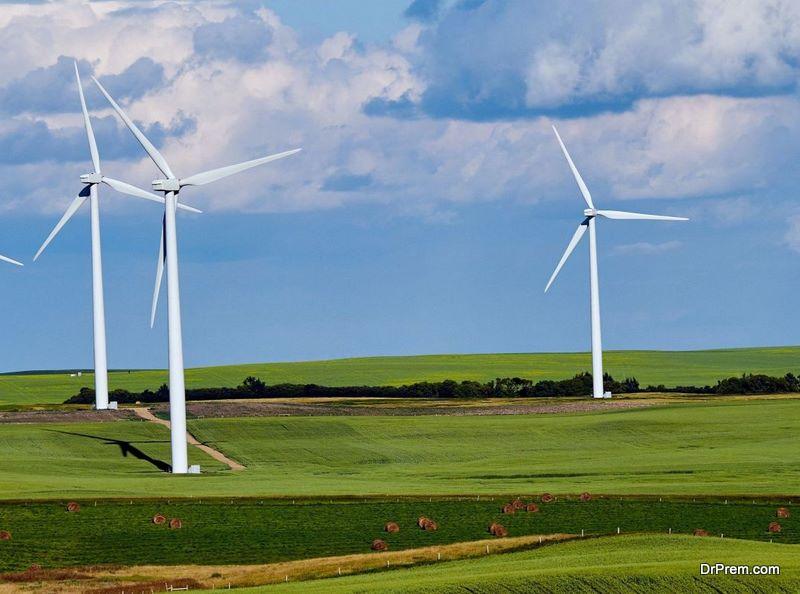Wind power in Spain continues to soar to new heights, with recent reports showing that the country has installed an impressive 1,670 MW of wind power, bringing the total capacity to nearly 30 GW. According to the Vortex team, this is a milestone achievement for Spain, as it continues to lead the way in wind energy adoption and utilization.
The increase in wind power installations is a testament to the country’s commitment to renewable energy and reducing its carbon footprint. Spain has long been a leader in the adoption of clean energy technologies, and this latest milestone reaffirms its position as one of the world’s most sustainable nations.
The growth of wind energy in Spain has been driven by a number of factors, including supportive government policies and incentives, increased investment in renewable energy infrastructure, and a growing awareness of the need to transition to cleaner energy sources.
But it’s not just the environment that benefits from wind power. The installation of wind turbines creates jobs and stimulates local economies, particularly in rural areas where employment opportunities may be scarce.
Also, by knowing more about factors like magnetic susceptibility, we can even figure out what relation does reliance of wind power have with environmental pollution. If you wish to know more about the concept, Visit here: What Are The Different Types Of Magnetic Susceptibility?
Overall, the increase in wind power installations in Spain is a positive development for the country, the environment, and the global fight against climate change.
How wind farms have changed the industry?
Wind farms have revolutionized the energy industry in ways that were once thought impossible. These towering giants have transformed the way we generate electricity and have paved the way for a cleaner, more sustainable future.
One of the biggest ways that wind farms have changed the industry is by providing a source of renewable energy that is both clean and reliable. Unlike fossil fuels, which are finite resources and contribute to pollution and climate change, wind energy is abundant and emissions-free.
In addition to providing clean energy, wind farms have also created jobs and stimulated local economies. The construction, maintenance, and operation of wind farms require a skilled workforce, and many communities have seen a boost in employment as a result.
But perhaps the most significant impact that wind farms have had on the industry is their ability to drive down the cost of renewable energy. As more wind farms are built and the technology continues to improve, the cost of wind energy has dropped dramatically. This has made wind energy an increasingly competitive alternative to fossil fuels, even in regions with abundant oil and gas reserves.
What’s next?
With the ability to produce 471-gigawatt hours per year, the wind farm is set to become one of Spain’s biggest, generating enough electricity to meet the needs of 148,000 households.
Wind power has become Spain’s main source of electricity production, accounting for 23% of production last year, ahead of nuclear (21%) and gas (17%). Spain aims to generate 74% of its electricity from renewable sources by 2030 and is counting on the development of offshore wind power to help it achieve this target.
Spain has set a target to generate 74 percent of its electricity from renewable sources by 2030, up from 47 percent in 2020. To achieve this, Spain is looking to develop offshore wind power, which is still a nascent sector in the country. With thousands of kilometers of coastline, Spain has ample room for growth in offshore wind.
Article Submitted By Community Writer




